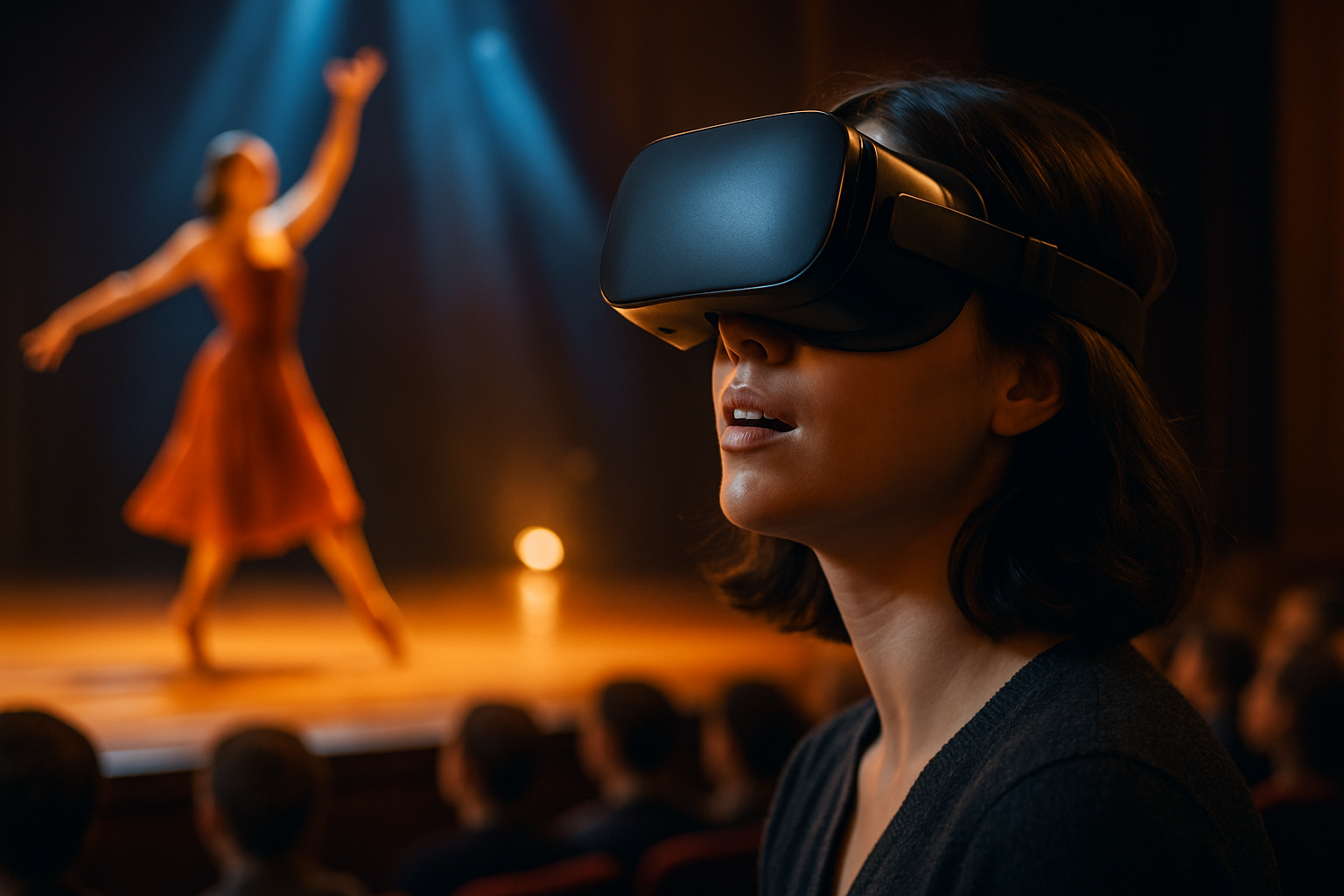Holographic Theater: Redefining the Stage Experience
In the ever-evolving landscape of performing arts, a groundbreaking fusion of technology and creativity is reshaping the theatrical experience. Holographic theater, once a distant dream of science fiction, has emerged as a captivating reality, blurring the lines between the physical and digital realms. This innovative form of storytelling is not merely a technological gimmick but a transformative medium that challenges our perceptions of live performance and opens up new possibilities for artistic expression.

The Technical Marvel Behind the Illusion
At the heart of holographic theater lies a complex interplay of advanced technologies. High-powered lasers, precision optics, and sophisticated software work in concert to project lifelike images into thin air. The key to creating convincing holograms lies in the use of photorealistic rendering techniques and real-time motion capture, which allow digital characters to move and react with startling realism. This technical wizardry is complemented by carefully calibrated sound systems that create the illusion of spatial audio, further enhancing the immersive experience.
Artistic Implications and Creative Freedom
For playwrights and directors, holographic theater represents a paradigm shift in storytelling possibilities. Historical figures can be brought back to life, fantastical creatures can roam the stage, and abstract concepts can be given visual form. This technology allows for seamless scene transitions, impossible transformations, and the ability to stage productions that would be logistically unfeasible in traditional theater. The creative potential is vast, offering artists a new palette of tools to express their visions and engage audiences in unprecedented ways.
Challenges and Controversies
Despite its promise, holographic theater is not without its challenges and detractors. Critics argue that the technology may overshadow the human element of performance, potentially reducing the intimacy and spontaneity that make live theater unique. There are also concerns about the high costs associated with implementing holographic systems, which could limit access to this art form. Additionally, questions of authenticity arise when considering posthumous performances by holographic recreations of deceased artists, sparking debates about the ethics of digital resurrection in the entertainment industry.
The Future of Performance: A Holographic Horizon
As holographic technology continues to advance, its integration into theater is likely to become more sophisticated and widespread. We may see the emergence of hybrid productions that seamlessly blend live actors with holographic elements, creating immersive experiences that were previously unimaginable. The potential for remote performances, where actors can appear on stages across the globe simultaneously, could revolutionize the touring industry and make world-class theater more accessible to global audiences.
Audience Reception and Cultural Impact
Initial reactions to holographic theater have been a mix of awe and skepticism. While some theatergoers are enthralled by the spectacle and innovation, others express concern about the potential loss of traditional stagecraft. However, as the technology matures and artists become more adept at integrating holograms into their productions, audience acceptance is growing. The cultural impact of holographic theater extends beyond the stage, influencing fields such as education, where historical reenactments and scientific visualizations can be brought to life with unprecedented realism.
Collaborative Potential and Cross-Disciplinary Innovations
Holographic theater is fostering new collaborations between artists, technologists, and scientists. This cross-pollination of ideas is leading to innovations that extend beyond the realm of performance. For instance, the development of more advanced holographic displays for theater is driving progress in fields like medical imaging and architectural visualization. The synergy between art and technology in holographic theater serves as a model for interdisciplinary cooperation, demonstrating how creative vision can push the boundaries of what’s technologically possible.
The Curtain Rises on a New Era
As holographic theater takes its place in the pantheon of performing arts, it heralds a new chapter in the history of human expression. This technology not only expands the creative possibilities for artists but also challenges our perceptions of reality and presence. While it may never fully replace the raw energy of traditional live performance, holographic theater offers a compelling glimpse into the future of entertainment. As audiences and creators alike embrace this new medium, we stand on the threshold of a theatrical renaissance, where the only limit is the bounds of our imagination.





